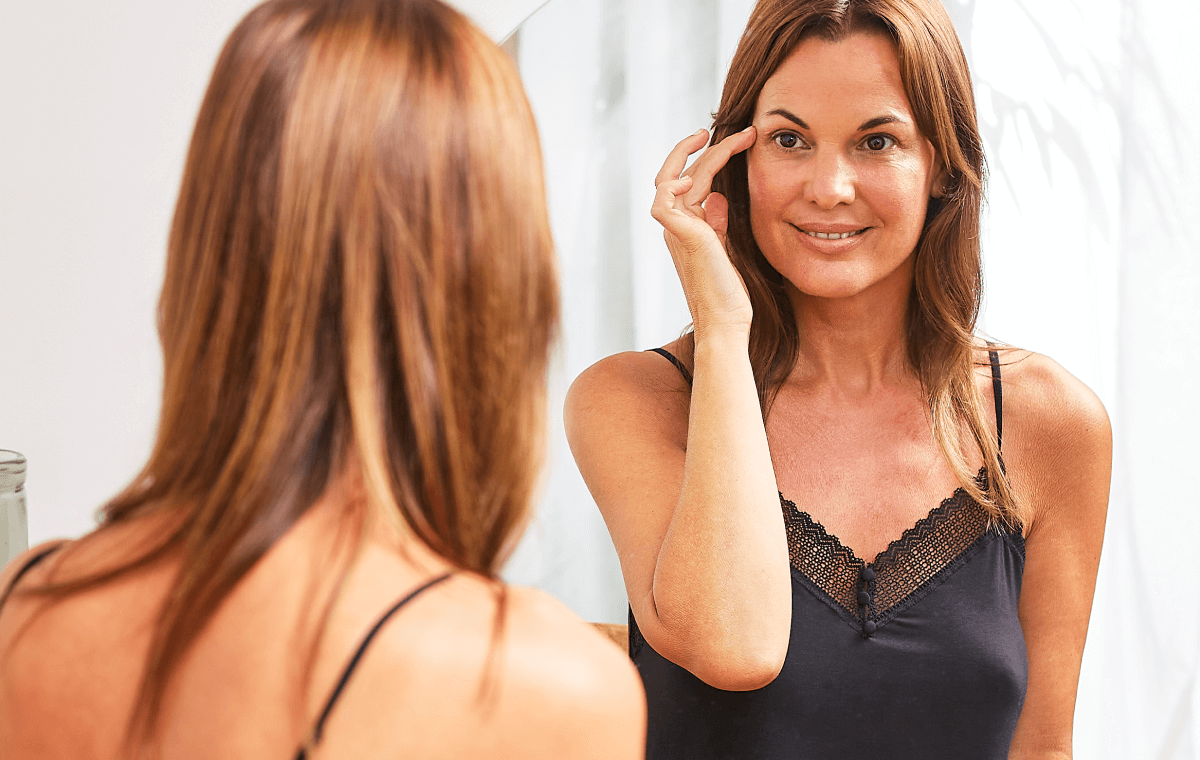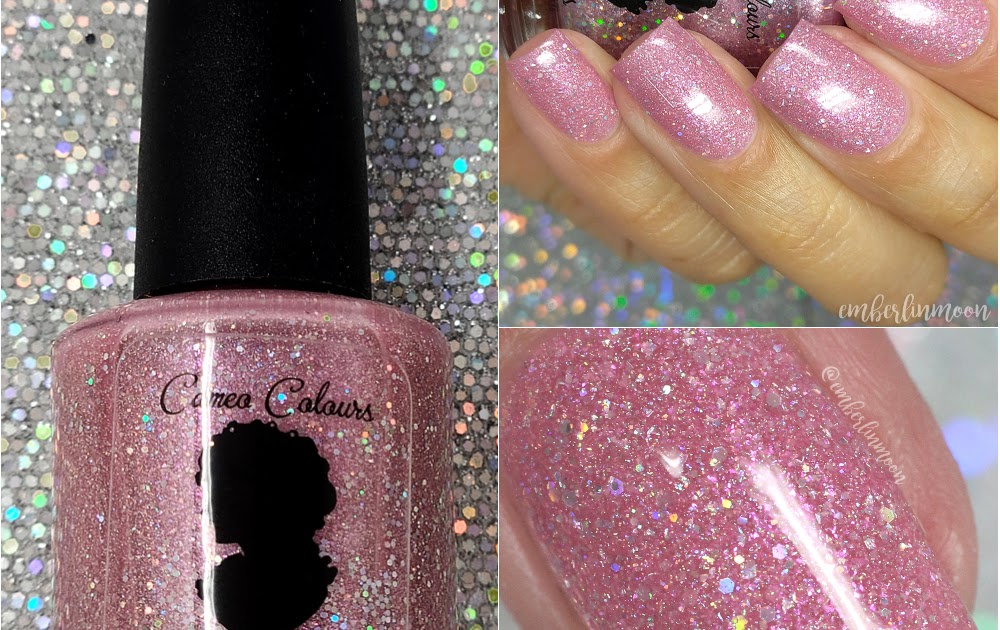
Reading: 6 minutes
It’s natural for our bodies to change and evolve. As we mature, so does our skin — and it develops a few wrinkles and age spots along the way.
Aging is, of course, perfectly normal. However, there are a couple of steps that you can take to age more gracefully, keeping that healthy, vibrant look. So, if you’re wondering how to keep your skin looking “young”, taking proper care of it throughout every decade of your life is key.
Read on to learn what to expect from your skin as you pass different milestones in your life and get real answers from our experts on: When does my skin start to show visible signs of aging? What happens when my skin starts making less collagen? Does my skin need more hydration as it ages?
Join us on a well-aging journey — because we’re all in this together!
What causes skin aging?
To understand what happens to your skin as you grow older, we need to start by explaining how its aging process works.
Did you know that the three main layers of your skin (the epidermis, dermis, and hypodermis) are linked by connective tissues? As you age, this tissue slowly loses its firmness and elasticity, which makes the skin thinner and more flaccid. It also loses some of its ability to regenerate itself — and natural restoration is key to combating the signs of skin aging.
Your skin is also subject to oxidation — a natural process caused by different internal and external factors that can accelerate signs of skin aging. Smoking, pollution, an unhealthy diet, stress, or a lack of sleep are a few of your skin’s enemies. But one of them is particularly harmful: sun exposure. In fact, 80% of the skin’s premature aging is due to solar radiation.
Apart from these factors, your current diet and daily skincare habits have an impact on your skin health in the future. If you are still in your 20s, you may not even notice any changes. But by the time you’re 50, your skin will remind you of everything you did (or didn’t do) during your younger years!
And the journey begins
Keep this in mind at all times: no matter how old (or young) you are, your skin will always need basic care: cleansing, hydration, and last but not least, sun protection. These three steps will help you to take care of and repair your skin every day.
Also, remember that your skin has a memory of its own: if you mistreat it in your 20s, the consequences may suddenly pop up in your 40s. That’s why it’s key to start taking care of your skin at a young age. And, as you grow older, it’s in your best interest to upgrade your routine, as the skin’s needs change as it ages.
Here some of our experts have guided us through the different decades of their lives, explaining what happens to the skin in each period and how to age gracefully. Let’s get started:
What happens to your skin in your 20s?
Between jobs, education, and friends, you’re exploring new freedoms (and responsibilities) while indulging in the status of just figuring things out.
Meanwhile, your skin also goes through its “golden years” during this decade. But the experts are very clear: “The time to help prevent wrinkles is in one’s 20s. Later in life, it’s more about correcting.” Alessandro De Luca, Medical Marketing Specialist, is firm about how important it is to take care of the skin during this time, as “it’s when changes begin.”
But what are these changes? “In your 20s, things start to slow down — like the skin’s natural formation of hyaluronic acid and the turnover of collagen and elastin. The result? Skin starts to dehydrate, and its barrier function weakens. Also, the reduction of collagen production (although it occurs at a slow pace) can cause your first wrinkles to show up.”
How to minimize the signs of skin aging in your 20s
If you find yourself thinking why is my skin aging in my 20s? — you’re in good company. In fact, dryness was one of the first symptoms Alessandro noted. So, he emphasizes the importance of being consistent and moisturizing the skin in order to downplay signs of skin aging in the future (or even in your 20s).
Here, hyaluronic acid is your best ally. Add a hyaluronic acid serum into your daily routine to add extra hydration and plumpness to your skin. Your complexion will thank you later.
What happens to your skin in your 30s?
Although you still feel young and vibrant, your skin might not reflect your new-found confidence. And while life’s responsibilities grow, stress might too.
As a consequence, your skin may start to look more tired, less luminous, and… oh hello crow’s feet. So if you’re looking in the mirror thinking, wait, are wrinkles in your 30s normal? our expert shares her answer. “First thing I noticed? More accentuated expression lines,” admits Alba Villanueva, Dermalab Manager of ISDIN.
Why? Because starting at 30 (don’t worry, it won’t be on the exact day of your birthday) the regenerative capacity of your skin decreases drastically. And slower turnover can leave your skin dehydrated and prone to wrinkles.
How to minimize the signs of skin aging in your 30s
This is the moment: add products to your daily routine that are focused on slowing the early signs of skin aging. Like serums! If you aren’t already using them, this formula format helps ingredients better sink into your skin and combat little problems that you start to notice.
Alba echoes Alessandro’s point of view, “Serums with hyaluronic acid are perfect for deeply hydrating the skin.” It’s also vital to remember the importance of a deep cleanse: “I can’t live without my cleansing oil anymore!” And of course, a broad spectrum sunscreen every day.
What happens to your skin in your 40s?
This is the time when you realize that there’s no such thing as eternal youth, and you’re not mad about it. You’ve got the experience and maturity to make the most out of life. But how does your skin feel about this decade?
“The first thing I noticed was fragility. For example, my skin became more sensitive to seasonal changes,” explains Greg Cameron, Creative Manager at ISDIN. “My expression lines — from all the good laughs through the years — became more apparent. My skin also likes to remind me about all those summers spent sunbathing on Mediterranean beaches…”
Now’s when fine lines start to deepen into wrinkles, and skin shows the first signs of sagging due to the loss of elastin and collagen. Another point to consider is that some women go through menopause during this time, which comes with hormonal changes that can also intensify skin changes.
How to minimize the signs of skin aging in your 40s
In line with all the changes your skin goes through in this decade, a question might have crossed your mind: How can I reduce the look of my wrinkles at age 40? Antioxidants are the key ingredients that you need to add to your routine.
Greg elaborates, “Now, I need to be more mindful of the daily damage caused by pollution and other free radicals. Flavo-C Ultraglican is a must in my routine to revitalize and brighten the skin. I also use Melatonik®, which is the perfect ally to minimize the look of fine lines, thanks to its formula with melatonin and bakuchiol.“
On top of combating the effects of daily skin stressors with expert serums, you might want to update your moisturizer as well. Opt for hydrating creams featuring ingredients like peptides and carnosine to help fight gravity’s effects on your skin.
What happens to your skin in your 50s and beyond?
The same as you, your skin cherishes all the memories made. So the effects of sun exposure and other factors will eventually show up. And even as slowing down and taking care of yourself becomes more of a priority, you’ll inevitably notice some changes in your skin.
“Dry or dehydrated skin, loss of firmness, deeper wrinkles, changes in pigmentation, sun spots… you become more aware of how important it is to lead a healthy lifestyle and to follow a daily skincare routine,” explains Dr. Aurora Garre, Medical Communication Manager.
How to minimize the signs of skin aging in your 50s (and 60s, 70s…)
Now’s the time to focus on making your skin look and feel its best, more than slowing down the signs of aging. So, if you didn’t start following them in your younger years, there are two steps you need in your routine now. “The essential steps are deep cleansing and choosing a sunscreen with a nice texture that you’ll use daily,“ advises Dr. Garre.
But there’s one extra step if you’re concerned about uneven skin tone and sun spots (a common concern at this age). Reach for a powerful pigment-correcting serum with tranexamic acid to help fight dark spots, especially those caused by the sun.
If you’ve made it this far, it’s because your skin is mature — just like you! So the question isn’t how can I get younger-looking skin at 50? but better, what can I do to continue to take care of my skin? Be consistent with your skincare routine, use products that provide the skin with what it’s no longer able to produce for itself, and always use sunscreen! You can’t change the past (and why would you want to?), but you can help address and avoid further skin damage.
Now, go on and add skin-aging expertise to your long list of well-earned wisdom.
Reference:
Data on file. ISDIN Corp. 2023. Morristown, NJ
Rating: 4.0/5. From 1 vote.
You voted 4, 4 months ago.
Please wait…
Writer & Lifestyle Editor
Nerea is a journalist, editor, and communicator. From Forbes to Modaes, her words convey her passion for beauty and fashion, inspiring readers and lovers of all things lifestyle. Her favorite beauty moment? Dedicating time, each day, to her minimalist skincare routine.
Medical Communication Manager
In addition to ten years as a primary care doctor, Aurora has over 23 years of experience developing and communicating healthcare products, most recently in dermo-cosmetics. She has co-authored many publications in dermatological journals and spoken at international health & beauty conferences. Ref: Colegio de Medicos de Madrid numero 282840102






